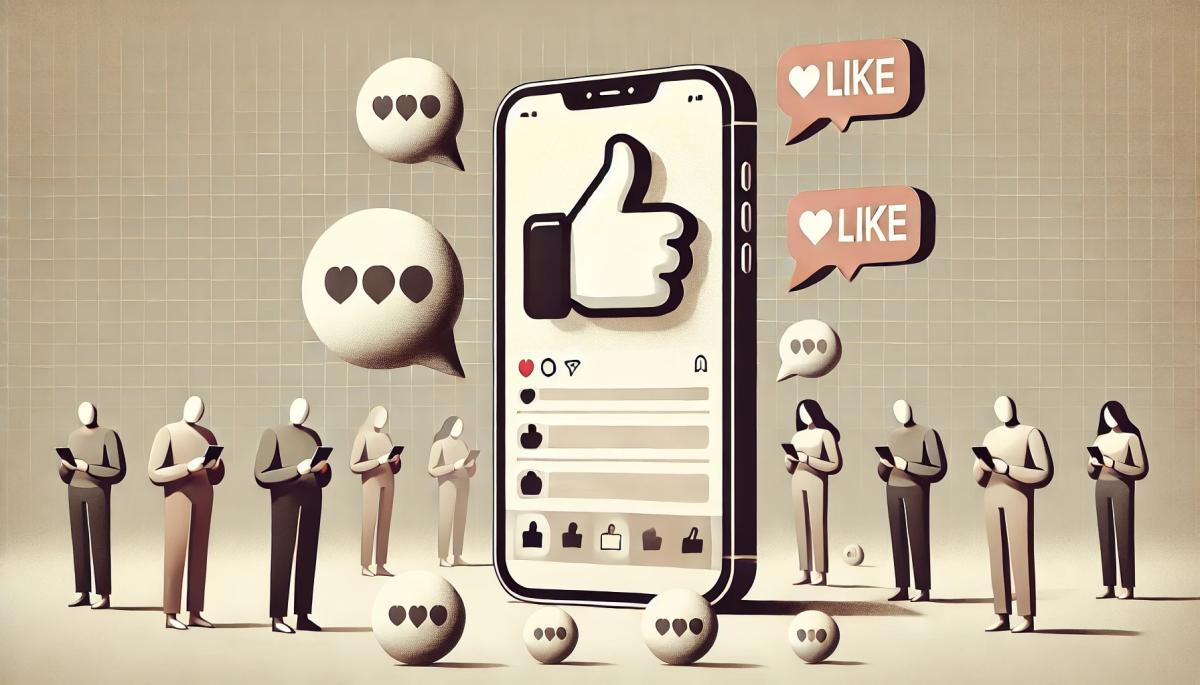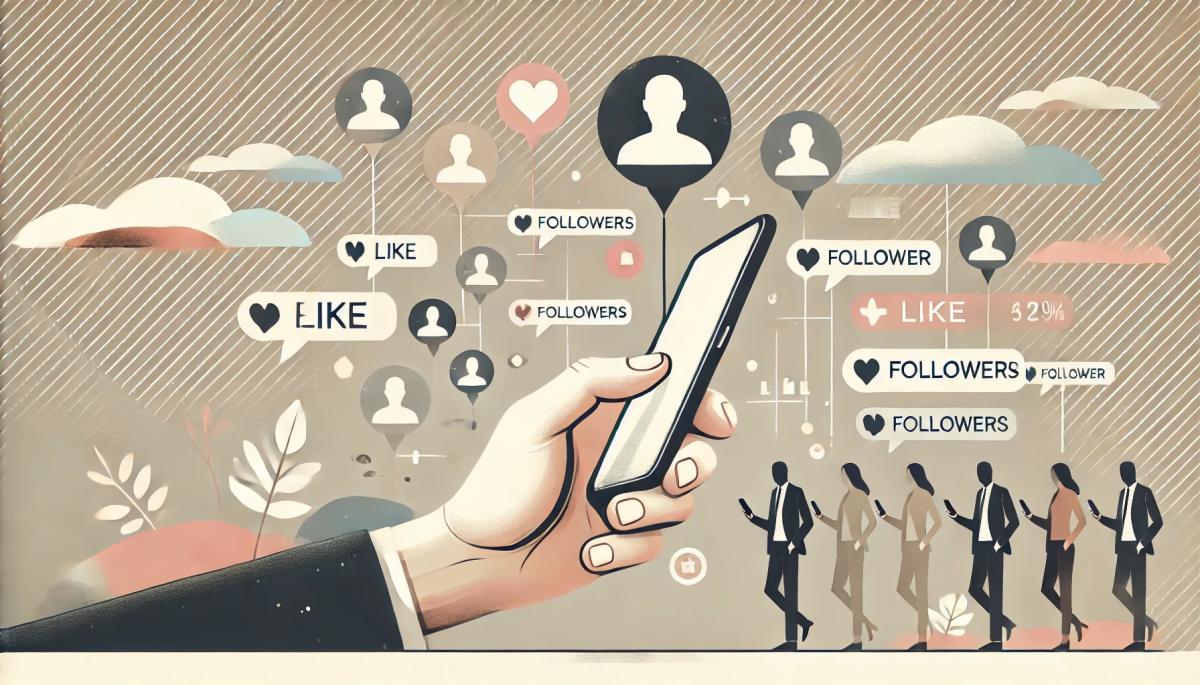Fake followers are like digital doping - a quick path to popularity with devastating consequences. Discover with us the dark side of influencer marketing, where thousands of followers can be bought for a few hundred crowns. What impact does this phenomenon have on brands, society, and especially the younger generation?

You are following a young influencer with an impressive 500,000 followers on Instagram. Her photos from exotic destinations garner thousands of likes, brands send her expensive products and pay hundreds of thousands for collaborations. But there's a catch - half of her followers are in fact bots and fake accounts. Welcome to the dark world of fake influencer marketing, where nothing is as it seems at first glance.
how does influencer marketing work?
Influencer marketing is a seemingly simple concept. Popular personalities on social media promote products to their loyal followers, who trust and get inspired by their choices. Brands pay influencers to authentically present their products to the audience. It sounds like a win-win situation for everyone involved.
However, reality is more complicated. An influencer's success is measured by several key metrics:
- the number of followers,
- engagement rate (likes, comments, shares),
- post reach,
- conversion ratio.
And this is where the problem begins. These metrics have become so important that they create enormous pressure on influencers. They are forced to constantly grow, show better numbers, and compete with each other. For many, the shortcut in the form of purchasing fake followers has become tempting.
Brands invest staggering amounts into influencer marketing – just in 2023, the global market exceeded a value of $21.1 billion. The fees for a single sponsored post with larger influencers range from tens to hundreds of thousands of crowns. Thus, it’s no surprise that this lucrative business attracts those willing to cheat as well.

fake followers under the microscope
The world of fake followers is surprisingly sophisticated and is divided into several categories. Each of them represents a different type of threat to the social media ecosystem.
-
Bots
The simplest form of fake followers are so-called bots. These are automated accounts created using special programs. They typically have basic profile information, minimal or no activity, and often follow thousands of accounts. Their sole purpose is to increase the number of followers.
-
Account farms
Organized groups of people, often in low-income countries, who manage hundreds of fake profiles for minimal wages. These accounts are more sophisticated than bots – they sometimes comment, like, and even post their own content.
-
Inactive accounts
Originally real accounts, which their owners abandoned but remain in the list of followers. They make up a significant percentage of many influencers' followers.
This business is not only about followers. Almost everything can be bought – likes, comments, story views, even negative comments to damage competitors. The worst part is, this problem has worsened dramatically over the last years. With the advent of advanced AI technology, fake accounts have become increasingly difficult to distinguish from genuine ones.
the real cost of fake popularity
The financial impact of fake followers on brands and companies is devastating. According to the latest studies, they cause brands annual losses exceeding $1.3 billion. It's not just about the direct costs of working with influencers. Brands lose significant amounts invested in content production and waste precious time spent planning campaigns.
Not to mention risking damage to their own reputation when it's proven that they collaborate with influencers using fake followers. Paradoxically, this issue creates a vicious circle. The more fake followers become standard practice, the greater the pressure on other influencers to cheat to stay competitive.
Ultimately, the psychological effects of this phenomenon may be even more severe, especially for the younger generation. Fake followers create a distorted reality on social media with devastating effects on the users' psyche.
Young people face unrealistic expectations of success on social media, deepening their feelings of inferiority and anxiety. A toxic culture arises where the only measure of success is "being seen at any cost".

how to detect fake followers?
Detecting fake followers has become almost an art in recent years. While you could once easily spot suspicious accounts at first glance, current sophisticated creation methods require more thorough analysis. However, there are several indicators that can help you identify fake followers.
The first warning sign is an unusual follower growth pattern. Natural account growth usually has an organic curve – gradually rising and falling depending on activity and content quality.
Another important factor is the ratio between the number of followers and engagement rate. A healthy account typically has consistent engagement – if an influencer has a million followers but their posts receive only a few hundred likes, something is off.
Equally suspicious are accounts where engagement exceeds standard industry norms. The average engagement rate ranges between 1 to 5%, depending on account size and area of involvement. Accounts with localization in foreign countries are also suspicious. There is little chance that a Czech influencer would be followed by hundreds of people from abroad.
You should also consider the quality of interactions. Check the comments under posts. Real followers usually leave relevant comments related to the content. In contrast, if you see predominantly generic phrases like "great photo", "awesome", or emojis without context, it may be automated or paid comments.
The world of influencer marketing is changing. Instead of chasing thousands of fake followers, the focus is shifting to smaller but genuine content creators. Social networks and brands are recognizing that one sincere post from a trusted influencer holds more value than a thousand empty likes from bots. The future belongs to authenticity and truthful relationships between creators and their followers, and that is good news for everyone.
What is DNS? Everything you need to know about its functionality and setup

When you type a website address into the browser, the correct page loads in an instant. This is managed by the DNS system, without which the internet as we know it would not exist at all. In this article, you will learn what DNS is, how it works, what types of records it contains, and why it is important for both speed and security of the connection.
How does fiber optic internet work and what do you need for its installation?

Fast and stable connection is a basic necessity in every household today. The solution is fiber optic internet, which works differently than regular cables and offers greater reliability to users. We'll explain how this technology works in practice, what it entails to run a fiber optic cable to your home, and what equipment you’ll need to keep everything running smoothly.
Cloud gaming – the end of consoles in sight?

Cloud gaming allows you to play games from anywhere without the need for expensive hardware. In this article, you'll learn how game streaming works, what advantages and limitations it brings, and which services are leading the way today. And most importantly: can it really threaten traditional consoles?
Chips under the skin and in the head. The future is closer than we think

Brain microchips already allow controlling a computer with mere thoughts. In the article, you will learn how they work, what they have brought to the first users, and what promises scientists and Elon Musk associate with them. Along with hopes, questions about safety, ethics, and where this technology might take us also arise.
What consumes the most data on mobile? YouTube, Spotify, Netflix and other apps under scrutiny

Mobile data usage can sometimes be unpleasantly surprising. The most are consumed by video streaming and music services – how much data does YouTube, Netflix or Spotify use? And what about other apps like social networks, maps or video calls? Check out the overview of the biggest data guzzlers and find out how to keep mobile data under control.
How to find out who is connected to your Wi-Fi – and can you easily disconnect them?

Is your internet slowing down or do you suspect that someone unauthorized is connected to your Wi-Fi? We advise you on how to find out who is connected to your Wi-Fi, and what to do if you find an intruder.